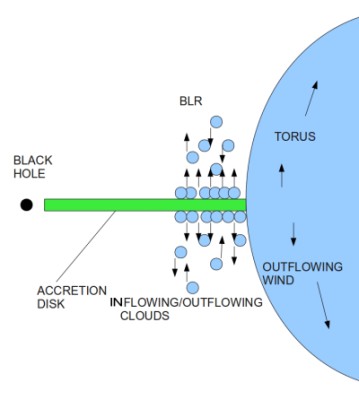
|
Quasars as tracers
|


|
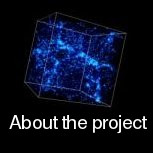
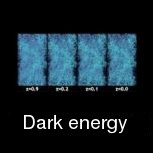

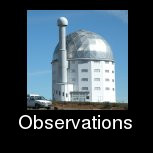
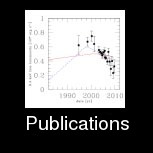



|
About the projectDark energy is the greatest challenge of the present day cosmology. According to our current knowledge, the well known standard, radiating, barionic matter contributes only a few per cent to the Universe content, the next 25 per cent is the misterious dark matter, vigorously searched for in the laboratories, and the remaining 70 per cent is the dark energy, an invisible medium with strange properties, not understood by physicists. This medium, however, can be traced observationally looking at the effect it has on the motion of distant objects made out of a usual radiating matter. In our project we will use quasars as the probes of the dark energy. Quasars discovered (or, more precisely, identified) in 1963 are truly cosmological objects at distances of order of a few bilions of light years, so observing quasars we reach the epochs when the Universe was much younger than it is today. The distances to quasars are usually given through the specification of their cosmological redshifts caused by the expansion of the Universe, and the most distant currently known quasar has the redshift. Quasars are objects belonging to a general class of active galaxies. Practically all regular galaxies contain supermassive black holes in their centers, with masses from a milion to a few bilions of solar masses. The surrounding matter flows into those black holes. In most galaxies this inflow is weak (those are non-active galaxies, like the Milky Way) but in some galaxies it is vigorous (those are active galaxies), and it is particularly strong in quasars. Before this gas flows into a black hole, it strongly radiates, and this radiation can exceed thousans of times the emission of stars in the quasar host galaxy. This is why we see quasars from such huge distances. We plan to use quasars to measure the darm energy, and the method is to some extent analogous to the use of the Supernovea Ia. The key point is the determination of the absolute luminosity of a given quasar. As soon as we have it, the next steps are simple: we have to measure the observed luminosity, and the redshift. In this way we construct a Hubble diagram for quasars: we measure independently the distance (from the comparison of the absolute and measured luminosities) and the expansion rate of the Universe (from redshift) between the moment of the light emission from quasar and the current epoch. Other measurement methods than our show that the expansion of the Universe accelerates (this is the signature of the dark energy dominance) but we want to measre this effect independently, and more accurately. The determination of the absolute luminosity is difficult. In our project we will use the method based on the theory of the formation of the Broad Line Region, which we formulated in the paper by Czerny & Hryniewicz (2011). We showed that the formation of the low ionization broad emission lines is caused by dust formation in the atmosphere of an accretion disk surrounding the black hole. Generally known dust properties imply that the dust cannot form or survive in temperatures significantly above 1000 K. Disk temperature, in turn, depends on the distance from the black hole, as well as on the absolute luminosity of a quasar. Therefore, measuring the distance from a black hole to the Broad Line Region we are able to calculate the requested quasar absolute luminosity. How are we going to measure this distance? We cannot resolve the quasar Broad Line Region through the telescope, whole quasar is seen as a single point from such a large distance. But the quasar luminosity varies, and thus the line intensities also vary, but with some delay. This delay of the line emission with respect to the continuum gives us the distance, in light days. We will observe a few carefully selected quasars for a long time, measuring their luminosity as well as their line intensities. For a smaple of intermediate redshift quasars, with redshift close to 1, the suitable line is Mg II. Precise measurement requires a big telescope, so we perform our observations with a 10-meter Southern African Large Telescope (SALT). The project has started, data flow in. We see that the line in the selected quasars is strong, and varies. When can we expect the final results? Not soon. We estimated that the searched delay is of order of a few hundred days, so the program has to be continued for five years in order to achieve the reliable delay measurement, which then can be converted into the measuremnt of the expansion rate of the Universe. |
© 2013 Bożena Czerny
Project financed by Fundation for Polish Science
Design: Krzysztof Czart, SALT photo: Wojtek Pych


